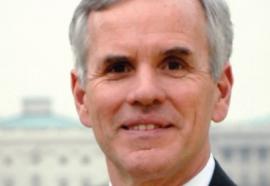Frontiers of Efficiency
What conservation potential assessments tell us about ‘achievable’ efficiency.
Regulators across the country are relying on conservation-potential assessments to guide their policy decisions. Models based on macroeconomic analysis, end-use forecasting and accounting measurements provide different ways to assess the achievability of conservation and efficiency goals.











